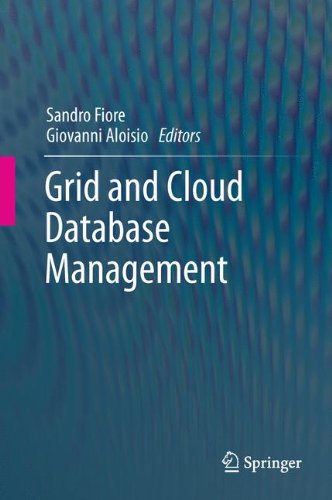

Most ebook files are in PDF format, so you can easily read them using various software such as Foxit Reader or directly on the Google Chrome browser.
Some ebook files are released by publishers in other formats such as .awz, .mobi, .epub, .fb2, etc. You may need to install specific software to read these formats on mobile/PC, such as Calibre.
Please read the tutorial at this link: https://ebookbell.com/faq
We offer FREE conversion to the popular formats you request; however, this may take some time. Therefore, right after payment, please email us, and we will try to provide the service as quickly as possible.
For some exceptional file formats or broken links (if any), please refrain from opening any disputes. Instead, email us first, and we will try to assist within a maximum of 6 hours.
EbookBell Team

4.4
62 reviewsSince the 1990s Grid Computing has emerged as a paradigm for accessing and managing distributed, heterogeneous and geographically spread resources, promising that we will be able to access computer power as easily as we can access the electric power grid. Later on, Cloud Computing brought the promise of providing easy and inexpensive access to remote hardware and storage resources. Exploiting pay-per-use models and virtualization for resource provisioning, cloud computing has been rapidly accepted and used by researchers, scientists and industries.
In this volume, contributions from internationally recognized experts describe the latest findings on challenging topics related to grid and cloud database management. By exploring current and future developments, they provide a thorough understanding of the principles and techniques involved in these fields. The presented topics are well balanced and complementary, and they range from well-known research projects and real case studies to standards and specifications, and non-functional aspects such as security, performance and scalability. Following an initial introduction by the editors, the contributions are organized into four sections: Open Standards and Specifications, Research Efforts in Grid Database Management, Cloud Data Management, and Scientific Case Studies.
With this presentation, the book serves mostly researchers and graduate students, both as an introduction to and as a technical reference for grid and cloud database management. The detailed descriptions of research prototypes dealing with spatiotemporal or genomic data will also be useful for application engineers in these fields.